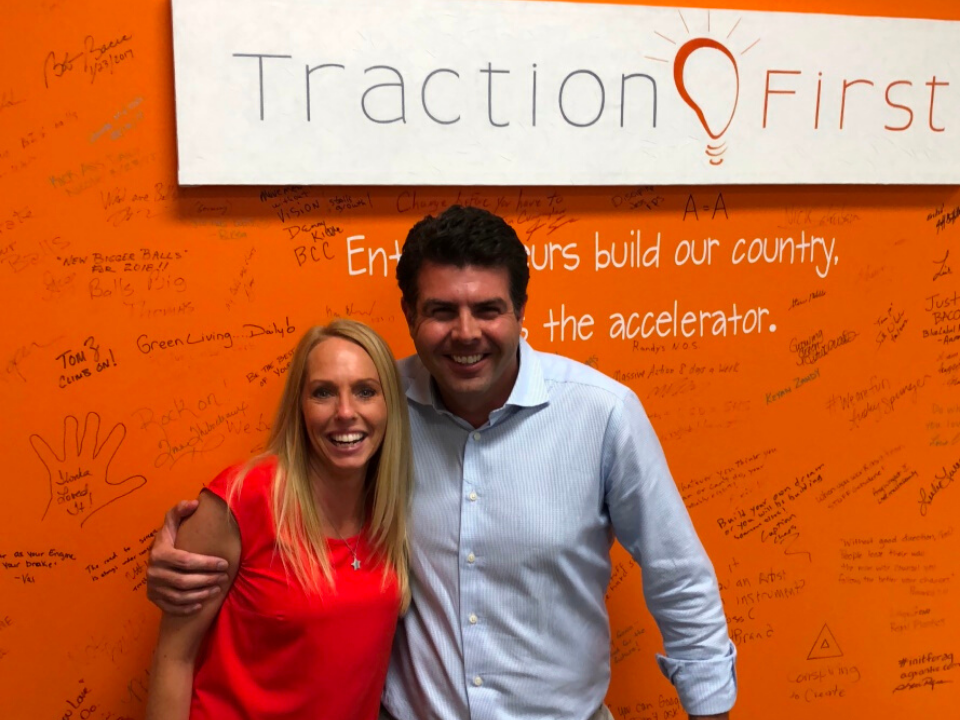
Is Your Employer Brand Hurting Your Bottom Line?
April 22, 2016
Let the Silence Do the Heavy Lifting
September 14, 2018
When it comes to hiring, bigger is definitely better. The bigger your applicant pool, the more likely you will end up with a “right fit” employee who will perform and stay for the long term. Shallow applicant pools are a common indicator of a non-strategic hiring process. Just as “right fit” hires are the natural outcome of a strategic hiring process, mis-hires are the natural outcome of non-strategic hiring. Non-strategic hiring is also typically rushed and marked by emotional hiring decisions. Whether alone or in combination, all of these spell trouble for your bottom line.
What’s wrong with hiring from a small applicant pool?
Deceptive “Best”
A shallow applicant pool greatly decreases your odds of finding a “right fit” candidate who has the qualities and characteristics to succeed in your role, who can fulfill your job requirements, and will mesh with your company culture. There is a huge difference between having a 90th percentile candidate in a group of ten, versus 90th percentile in a group of 1,000. But when we hire from a small pool, we accept the validity of the 90th percentile of ten — even though in a group of 1,000, those same candidates might be 60th percentile. Then we end up paying the same amount of money for someone who may only be capable of performing at two-thirds of the productivity level as someone we could have gotten if we hired from a larger pool. That is why hiring from a smaller pool has less value compared to hiring from a larger pool.
Pool of One
When hiring, the ideal scenario is to have multiple desirable candidates of a similar caliber. That allows you to make a group decision about which one is the best of the best, after debating their merits and doing a compare and contrast. But if you only have one qualified or semi-qualified candidate because your applicant pool is too shallow, you can’t even conduct the next level of qualification; doing the next round of interviews and rating the candidates. A good hiring process introduces a system of checks and balances to minimize bias and gut instinct with uniformity, logic and a variety of perspectives. But after you take away next-level interviews, ratings, and the compare-contrast between qualified candidates, what’s left is a combination of “settling” for someone who is only the best of a small bunch, and choosing someone based on emotional decisions.
Emotional Hiring Decisions
When you don’t have enough candidates to hire by strategy, process, and logic, you’re left to hire based on emotions, gut feelings, and wishful thinking. Emotional hiring decisions are impulse buys; not unlike finding a sports car you like and feeling you just need to have. Maybe it gets terrible gas mileage and doesn’t have enough seats for all of your kids. But you really love the color, so you gloss over those drawbacks. Although you may be really happy about your decision for a while, after some time, you’ll probably start to see how impractical it is and how much it’s costing you, and other people may even start questioning the wisdom of your decision. Ultimately, you may come to realize that you would have been better off picking a minivan.
Emotional hiring works the same way. You need to hire someone yesterday, and you want this candidate to work, so you determine to make it work, glossing over any reasons why it won’t.
One type of emotional hiring is “The Halo Effect,” which is when we become impressed by something about the candidate early on, perhaps their resume, or their demeanor, or the school they went to. After they’ve made a good initial impression, we unconsciously allow that to influence our perception of their abilities in other areas. Everything they do after is just glossed over while we think we are vetting them — but actually we’re just qualifying our new favorite. The Halo Effect can even negate the effectiveness of great interview questions like these. This introduces significant bias to the hiring process. Like impulse buys, emotional hiring decisions are often followed by regret. That’s because first impressions have been found to be terrible indicators of future job performance.
Most of the things you would do to counteract this hiring bias and introduce objective, logical qualifiers (weeding out candidates with the Achiever Assessment, using an additional round of interviews and documented, standard evaluations based on a uniform candidate scoring scale, for example) are difficult to apply when the applicant pool is shallow.
This is all good to know in theory, but how do you increase your applicant yield in practice?
How to Deepen Your Applicant Pool:
- Always be recruiting. At any given time, only 12% of the workforce is actively looking for work (LinkedIn’s Talent Trends 2014). You increase your odds of attracting better candidates by leaving your window of availability wide open.
- Set up a solid, ongoing employee referral program.
- Don’t rush. Last-minute “panic hiring” decreases your applicant pool and candidate quality.
- Don’t just use a recruiter. Tap into your network and your employees’ networks. The bigger your reach, the bigger your applicant pool, and the better your hiring outcome.
- Get aggressive with advertising. Use sites like CareerBuilder (good for professional positions), ZipRecruiter.com (post to over 100 job boards with a single submission), TheLadders.com (for jobs over $100K), and LinkedIn.
On LinkedIn alone, there are at least five different ways you can promote your position:
- Traditional classified ads (LinkedIn “Work With Us Ads”)
- As a post in your company or personal feed
- As a post within groups
- As a LinkedIn Job Slot, a paid feature that advertises automatically only to the right people, reaching them via LinkedIn, email, and the LinkedIn Job Search app.
- With LinkedIn Recruiter, which is a licensed product that provides access to all user profiles plus advanced filtering, reporting, and analytics tools.
Try these tips to deepen your applicant pool and let us know how they work for you!
Alec Broadfoot is the Co-Founder and CEO of VisionSpark, an executive search, training and talent assessment firm, helping companies make qualified and character-based hiring decisions for long-term cultural fit and bottom-line growth. Guaranteed. Alec can be reached at alec@visionsparksearch.com, or connect with him on LinkedIn.
Image credits: © Canva.




